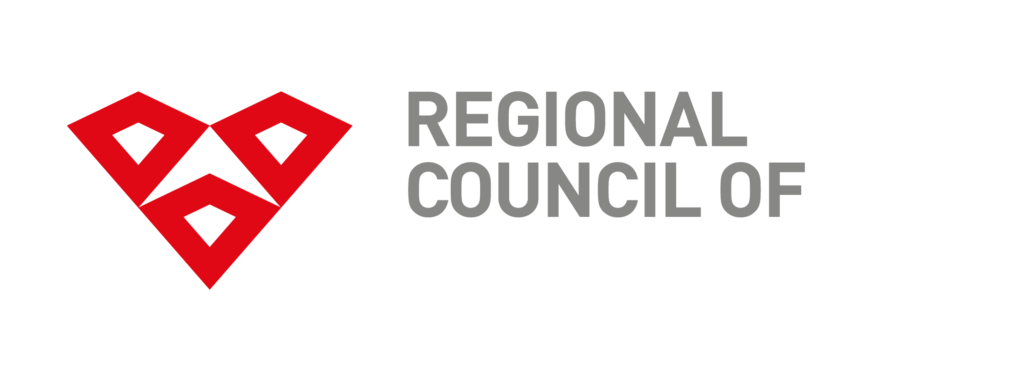The Regional Council of South Karelia maintains connections with a wide range of stakeholders. The most important stakeholders groups operate at the national and municipal levels. The Regional Council acts as an intermediary in between these two political levels.
Regional planning is an open and transparent process that involves the participation of various regional actors and decision-makers. The Regional Council implements a continuous and interactive strategic decision-making process, which enables prompt action and – if necessary – the reassessment of strategies. This is essential, as the strategies rely on effective cooperation with different regional actors and decision-makers, as well as with other national, regional, and local authorities.
The key stakeholders are the municipalities of South Karelia: the cities of Lappeenranta and Imatra, and the smaller municipalities of Parikkala, Ruokolahti, Rautjärvi, Taipalsaari, Savitaipale, Luumäki and Lemi.
Another important cooperation partner is the Centre for Economic Development, Transport and the Environment (ELY Centre of South-East Finland), which is responsible for the regional implementation and development tasks of the central government.
Stakeholders at the Local and National Levels
The Regional Council of South Karelia also maintains relationships with many stakeholder groups at the national political level. Members of the European Parliament and the Finnish Parliament – particularly those serving on the Board of the Regional Council – act as important messengers to the national government.
Other stakeholders include educational institutions (LUT University and LAB University of Applied Sciences), the Chamber of Commerce, business and industry representatives, cultural organizations, environmental authorities and interest groups, and welfare and health organizations such as Ekhva.
The Regional Council also coordinates the regional transport system; therefore, all transport authorities work in close cooperation with the Council.
At the Border of the European Union and Russia
South Karelia lies next to the Russian border in South-East Finland. Historically, the region has been a border zone marked by conflicting national interests and wars. The presence of the border has significantly influenced the region’s economic development and shaped its economic structure. New cultural and economic influences have continuously emerged along the border.
The Regional Council of South Karelia is a member of the Association of European Border Regions (AEBR).
